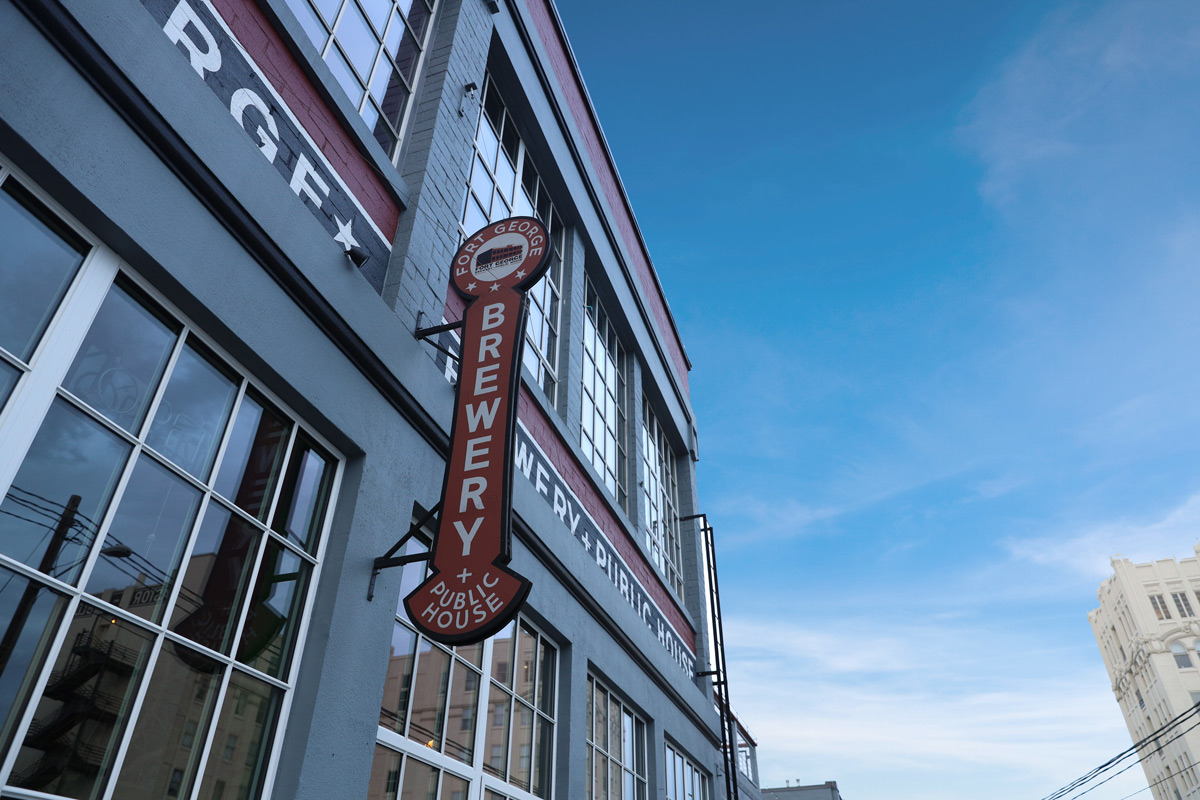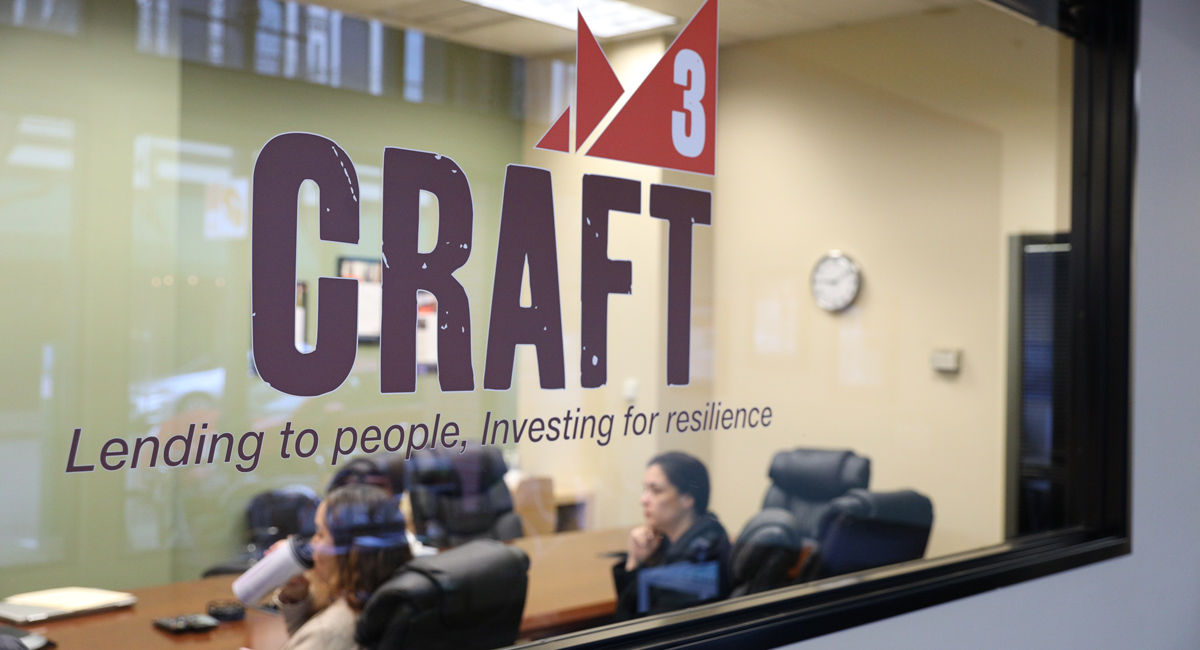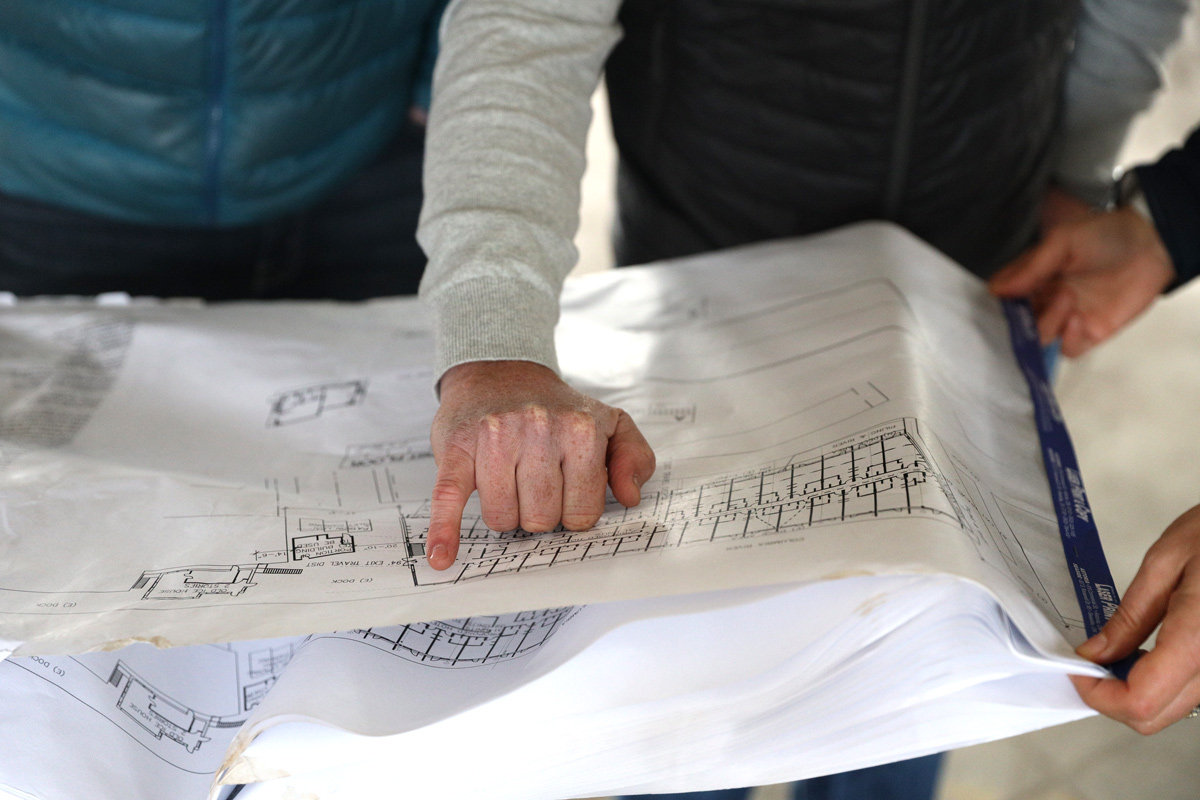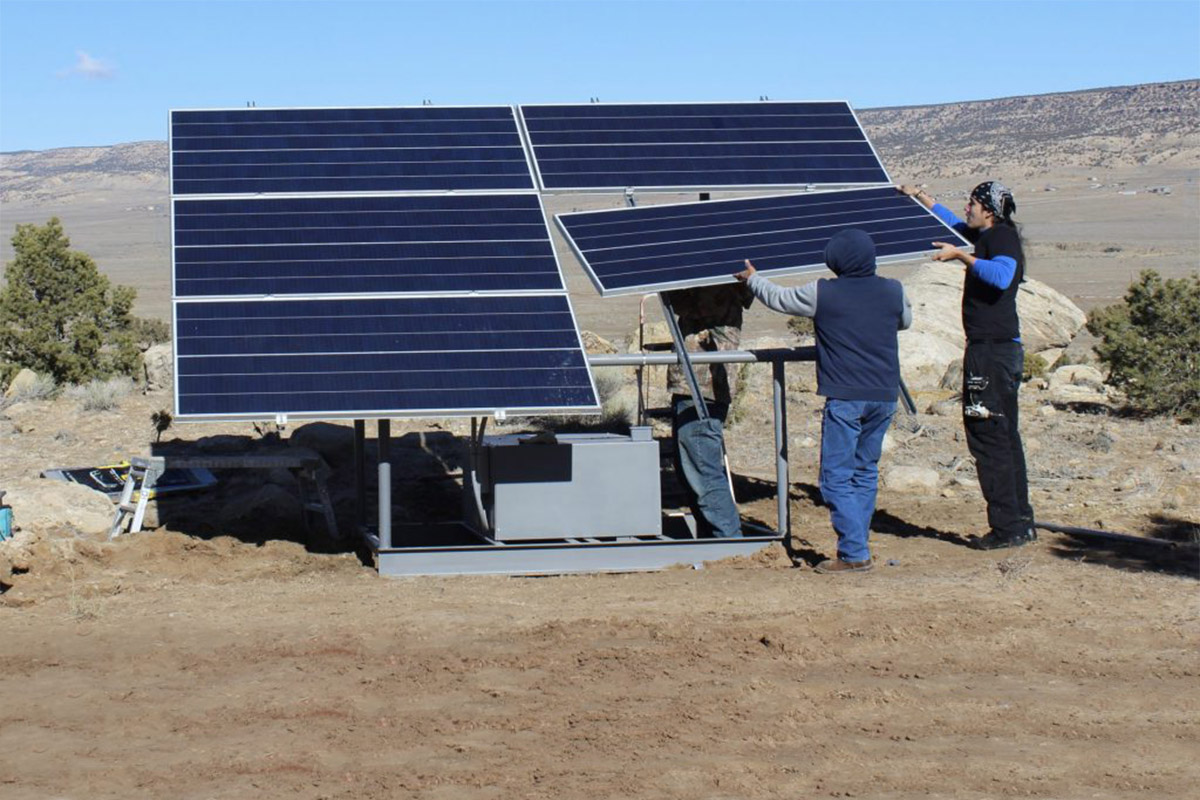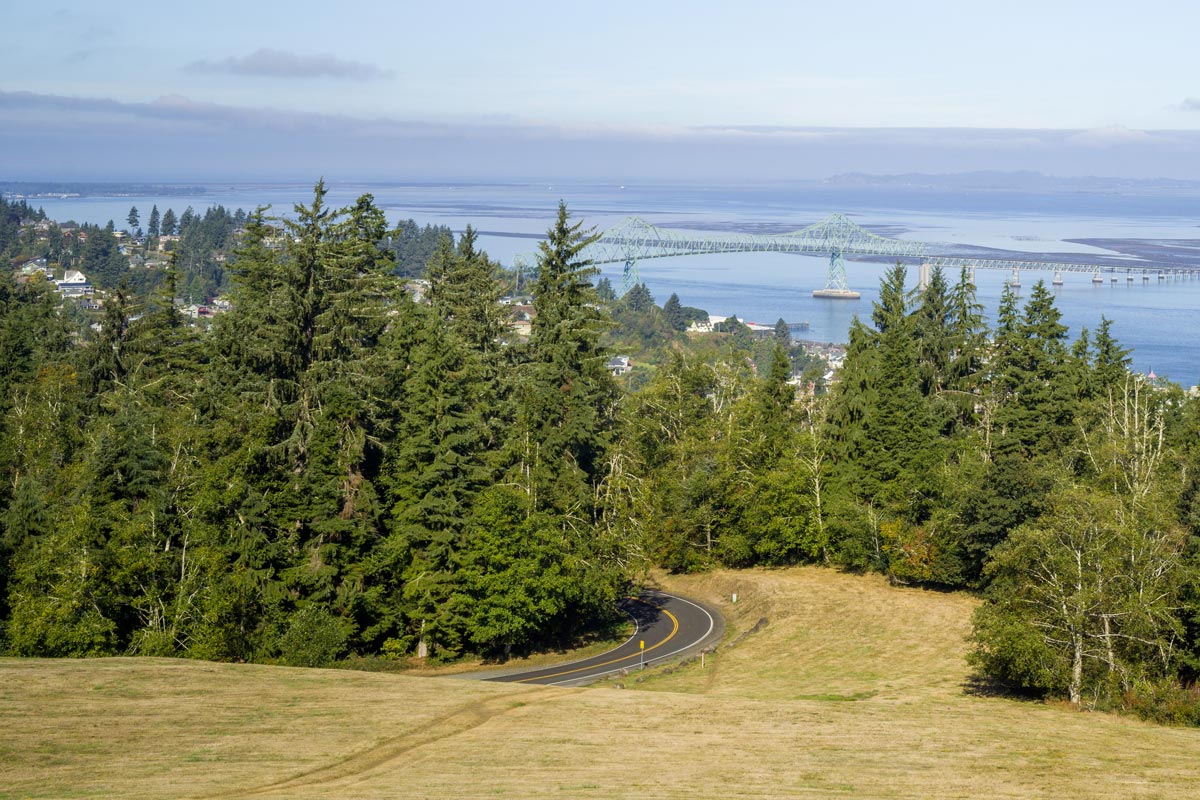We’re using our endowment as a tool that works alongside grants to advance community-led change.
As we look ahead to a new year, we have good reason to celebrate. We launched our new 2030 impact investing strategy this past year—a transformative plan that amplifies our commitment to racial, social, and economic justice. This strategy reflects our deep belief in community-centered solutions and leverages the full strength of our financial resources to fuel long-term change.
Our new 2030 impact investing strategy reflects our deep belief in community-centered solutions and leverages the full strength of our financial resources to fuel long-term change.
What this means is all new impact investments—which consist of loans, market-rate investments, and other funding—will go to nonprofits and businesses led by our priority communities: Native Americans, communities of color, immigrants, refugees, and people in rural areas. We are one of few funders focusing our impact investing on these communities. We hope to open the door for more to join us.
“This strategy represents a turning point in how we think about community impact,” says Kevin Walker, president and CEO. “By doubling down on investments that prioritize Native, rural, and historically underserved communities, we’re providing capital and changing systems to create pathways to self-determined economies.”
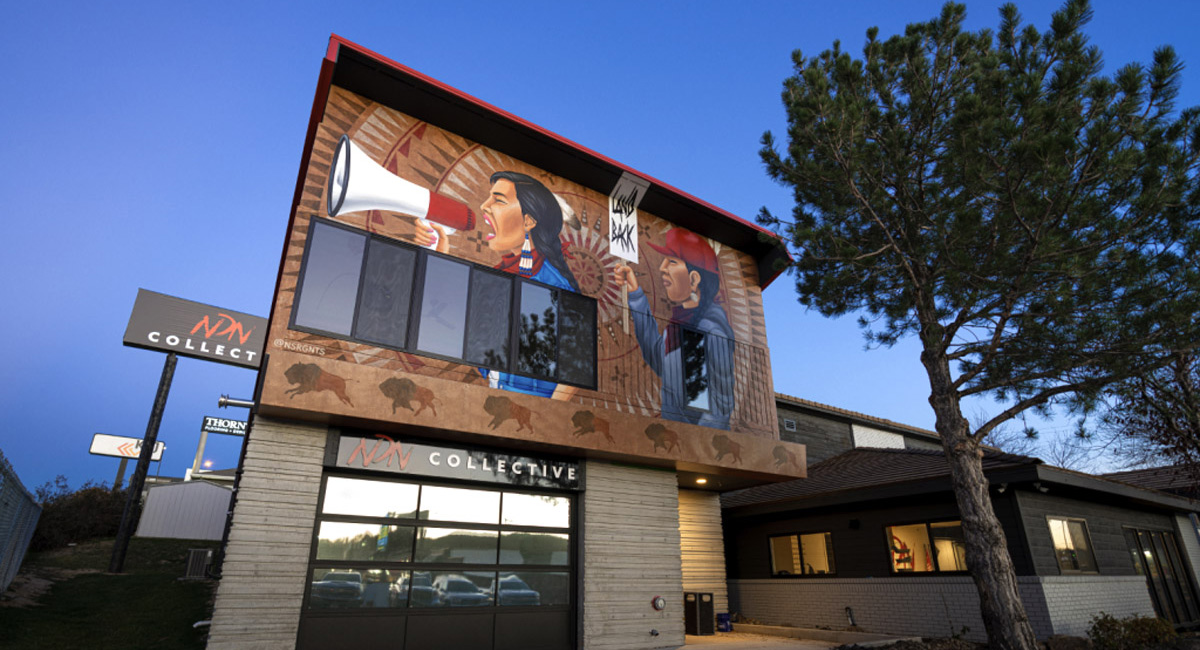
The headquarters of Indigenous-led NDN Collective, a Northwest Area Foundation grantee in Rapid City, SD.
From grantmaking to impact investing: using our entire endowment for change.
For decades, we’ve used grantmaking as a primary tool to support changemakers in our eight-state region and the 76 Native nations that share this geography. While grantmaking remains the core of our work, we’ve known that grants alone cannot address the systemic change we hope to support so that communities can thrive on their own terms.
That’s why we have invested more than $88 million to date in impact investing and why we are now scaling our impact investing to go directly to priority communities—from $43 million currently deployed, to an ambitious $60–80 million deployed by 2030. By expanding our impact investing portfolio, we hope to unlock the potential for our financial capital to work alongside our grants—multiplying the dollars that are directed toward our mission and the priority communities we serve.
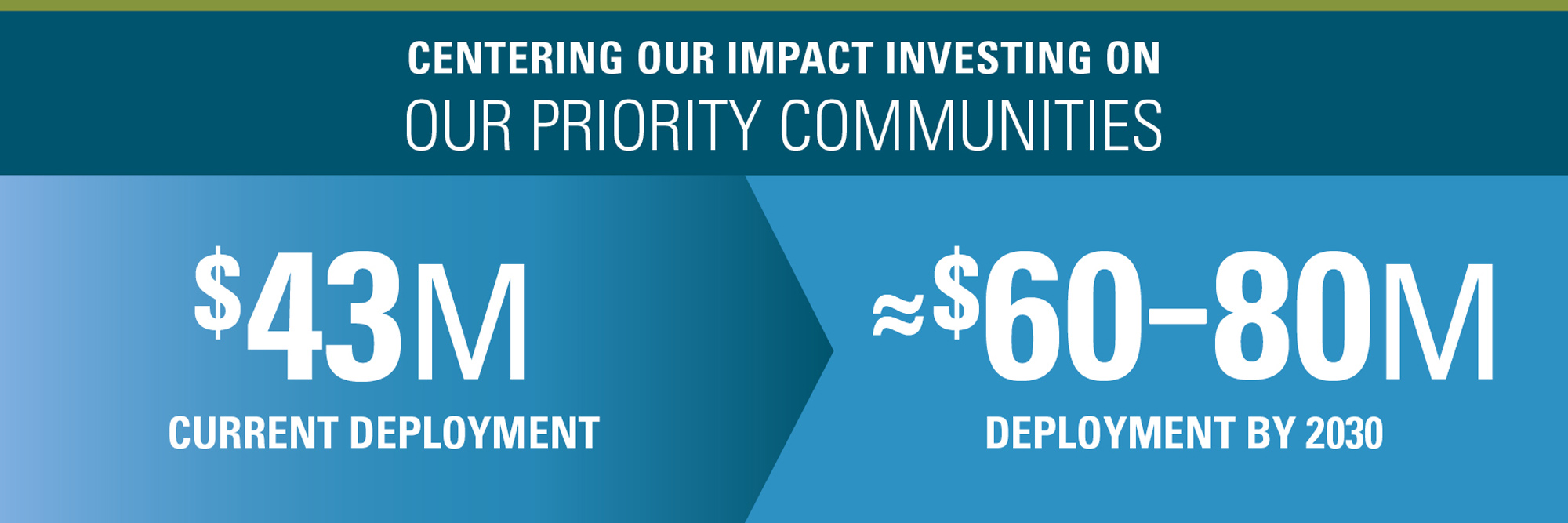
Here’s how it works: We currently have an endowment of about $500 million invested in a variety of assets. We use the returns on those assets to make grants to nonprofits. We also make impact investments to create positive social impact that advances our mission, along with financial returns.
Our impact investing includes two tools: Mission-Related Investments (MRIs) and Program-Related Investments (PRIs), both of which allow us to deploy our endowment strategically (learn more about MRIs and PRIs). MRIs are mission-aligned investments that aim for market-rate returns while supporting the aims of our grantmaking. PRIs are low-interest loans for community-led organizations that are working for just and vibrant economies. Together, these investments help us deploy our endowment to support change and the kinds of innovative, community-led solutions that align with our grantmaking.
MRIs: Market-rate investments that also support the aims of our grantmaking
PRIs: Low-interest loans for community-led organizations
Our 2030 strategy in action: what it means for communities.
The 2030 impact investing strategy builds on the success of our prior efforts and sets bold new goals:
1 | Scale the Flow of Resources to Communities: By 2030, we will increase MRIs from $30 million to $50 million, and PRIs from $13 million to $25 million. These investments, collectively representing about 15 percent of our endowment, will provide critical capital to mission-aligned nonprofits and businesses in our region.
2 | Center Native and Priority Communities: Taking a true community-centered approach to our investing, at least 40 percent of all new impact investing dollars will support Native-led organizations and projects—aligning with our longstanding commitment to devote at least 40 percent of our grantmaking to Native-led organizations. Moreover, all new impact investments will benefit our broader priority communities—Native Americans, communities of color, immigrants, refugees, and people in rural areas.
3 | Advance Diversity in Investment Management: By 2030, we aim for firms that rank high on diversity, equity, and inclusion (DEI) criteria to manage at least 30–50 percent of our total assets. We are doing this to encourage diversity in the financial sector and align our resources with our values.
4 | Integrate Environmental, Social, and Governance (ESG) Awareness: We will become aware of ESG impacts across all of our investments, ensuring that environmental and social considerations inform our financial decisions.
Through this new impact investing strategy, we’ll use more of our endowment dollars toward stronger, more equitable economies. “By investing directly in Native-led organizations and diverse businesses, we’re doing more than funding projects—we’re fostering long-term resilience, wealth creation, and self-determination,” says Walker.
“By investing directly in Native-led organizations and diverse businesses, we’re doing more than funding projects—we’re fostering long-term resilience, wealth creation, and self-determination.”
Kevin Walker
President and CEO, Northwest Area Foundation
For example, MRIs can help build wealth in communities of color by supporting businesses that create jobs and pump more dollars into local economies. And PRIs offer affordable capital for Native-owned enterprises, renewable energy projects, and nonprofit infrastructure such as community centers. Additionally, our strategy can serve as an example for other funders, encouraging broader use of impact investing practices that prioritize equity.
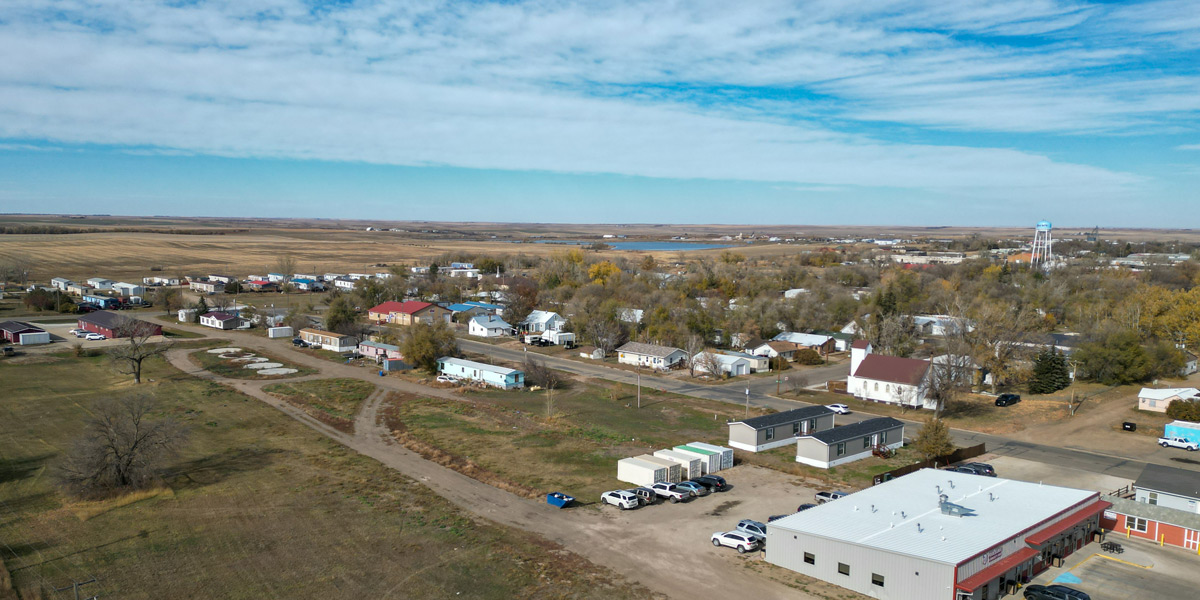
Aerial view of Eagle Butte, SD, the location of Northwest Area Foundation grantee Four Bands Community Fund, a Native community development financial institution (CDFI) serving communities on the Cheyenne River Sioux Reservation in South Dakota.
Looking ahead: building the path together.
We recognize that achieving this ambitious vision will require collaboration, innovation, and ongoing learning. We’ve set a high bar and are creating the path as we go, particularly in how we identify and support the nonprofits and companies we fund and how we continue to grow into screening for more diversity in our investment managers and for ESG in our investments.
We’re inviting nonprofits, community-led companies, peer funders, and mission-aligned investors to join us on this journey. Together, we can channel more resources into the changemakers who are leading justice in their communities.
“Our grantmaking is at the heart of NWAF’s strategy, and we’re fiercely committed to our grantee partners’ efforts. But with impact investments, we’re activating more of our assets than ever to advance the mission and support priority communities.”

